
So you have a horse with a pelvis that appears to be higher on the right than on the left. Uh oh… right? Well maybe, maybe not. I have heard quite a few equine service providers tell people that their horse is higher on one side of the pelvis than the other. And I have also had clients call me and schedule an appointment because their horse appeared this way. But does this actually mean that there is a problem?

No. In fact, in humans and in animals, asymmetry is the norm! Nothing in our bodies is symmetrical.
Go stand in the mirror and look at your head. Are your ears level? Are your eyes level? Are the corners of your mouth at the same level? Cover the entire left side of your face, and then cover the right side. Do you even look like the same person? You would be shocked if you did this assessment on people you come into contact with on a daily basis. Sometimes, areas of the body can appear to be symmetrical to the naked eye, but upon measurement, they are not. Even our eyes are not at the same depth in our skulls. If they were, we wouldn’t have depth perception! Have you, or do you know of someone, that has different size feet? Well YOU actually do… but some people have such a difference that when they buy a pair of shoes, they need to purchase one shoe in a certain size, and then the other shoe in another size. This is an extreme example, but one that articulates my point.
This is no different in animals. Some horses have a clubbed foot. Some have a narrow foot on the front right, and a nice rounded foot on the front left. There is always a difference. You may not see it, but your farrier does. These asymmetries are present all over the body, and become more noticeable as the body parts become larger in size. Not only that, but when you have bones that are close to the surface of the skin, versus bones that are buried under deep layers of tissue, such as muscles, fat, ligaments, etc., they become even more noticeable. A great example of this is the SI joint. The SI Joint is made up of the sacrum, and the ilium (see illustration A). Notice the size of the bones at the SI Joint. Relatively speaking, they are very large. And as already stated, asymmetries are more apparent in larger bones. Not only that, but the top of the highest part of the largest bone that makes up the SI Joint (Called the Tuber Sacrale) is very close to the surface.
For more information, or to schedule an appointment to get your horses checked and adjusted, visit us, at www.sporthorsechiropractic.com, and on TikTok, Facebook, Instagram, and Twitter!
Thanks for reading!
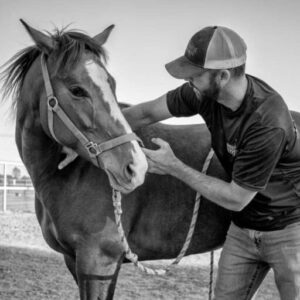
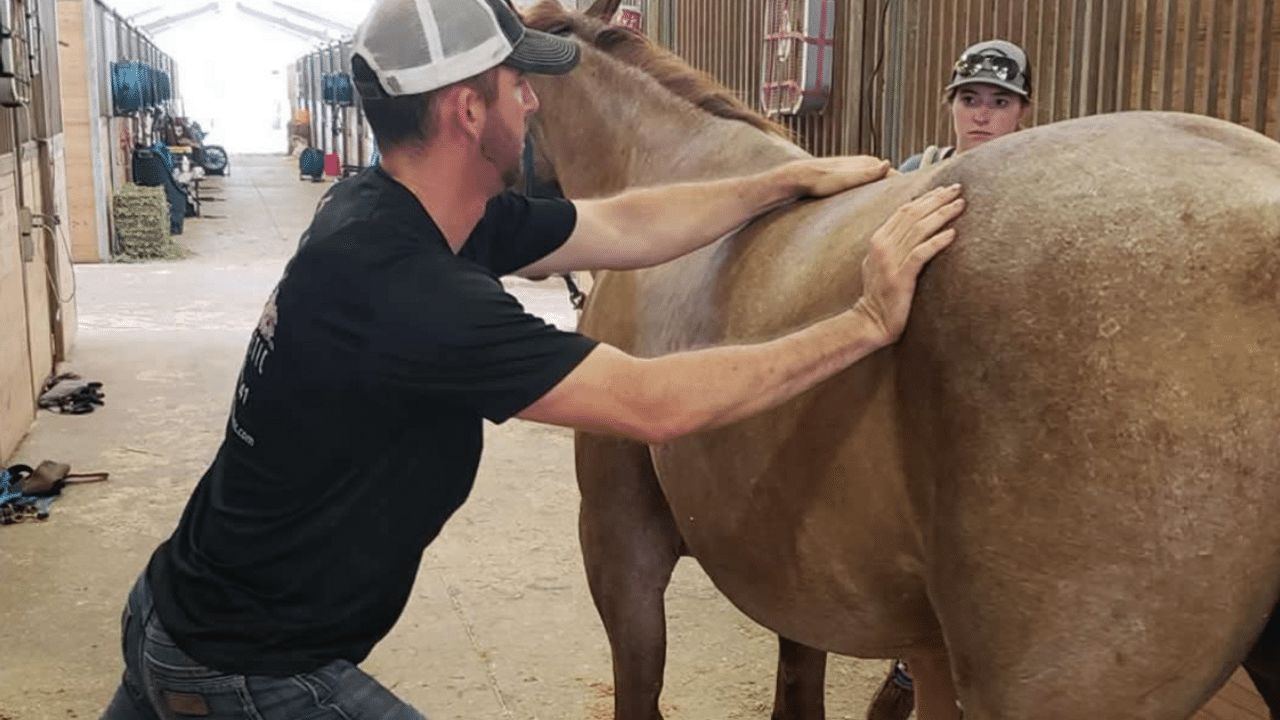
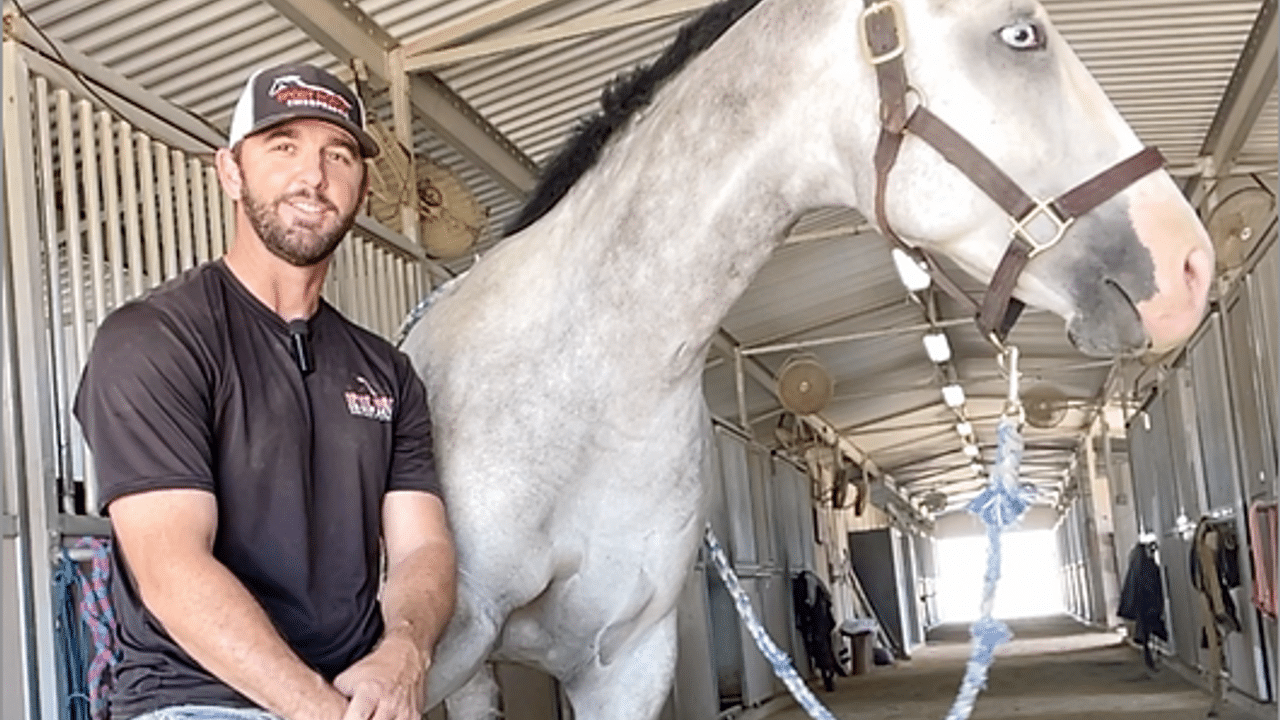
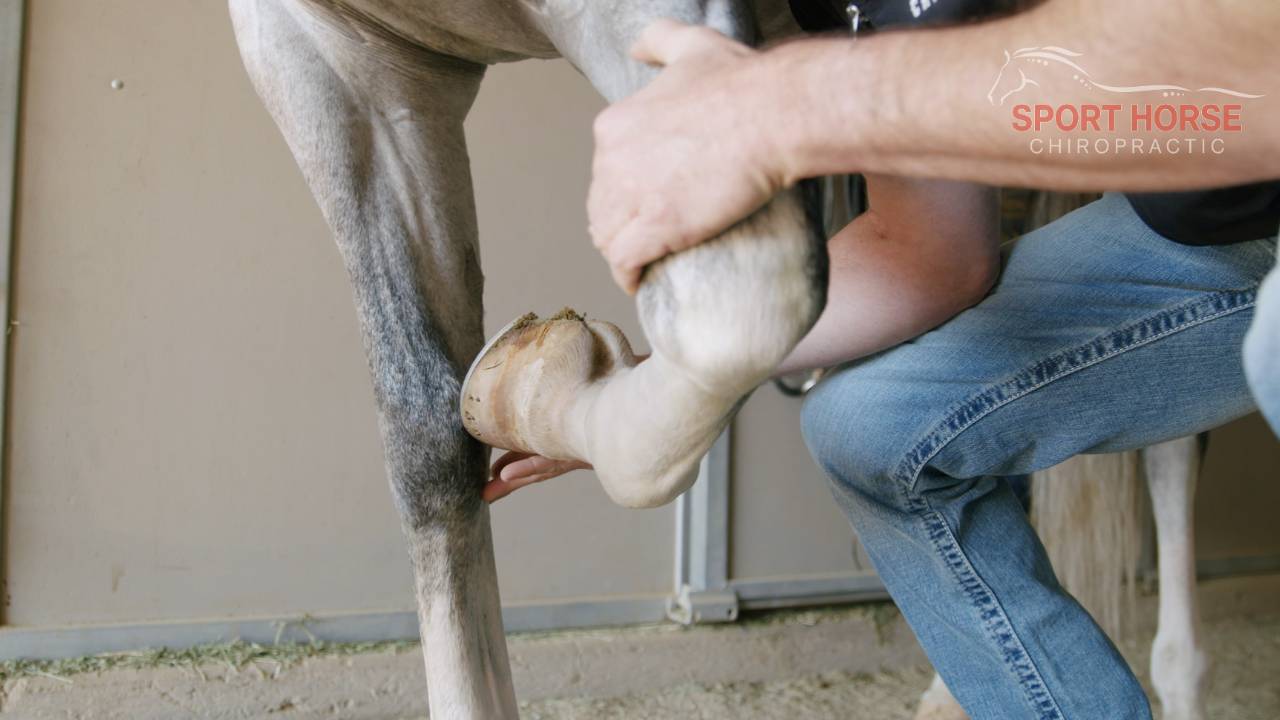
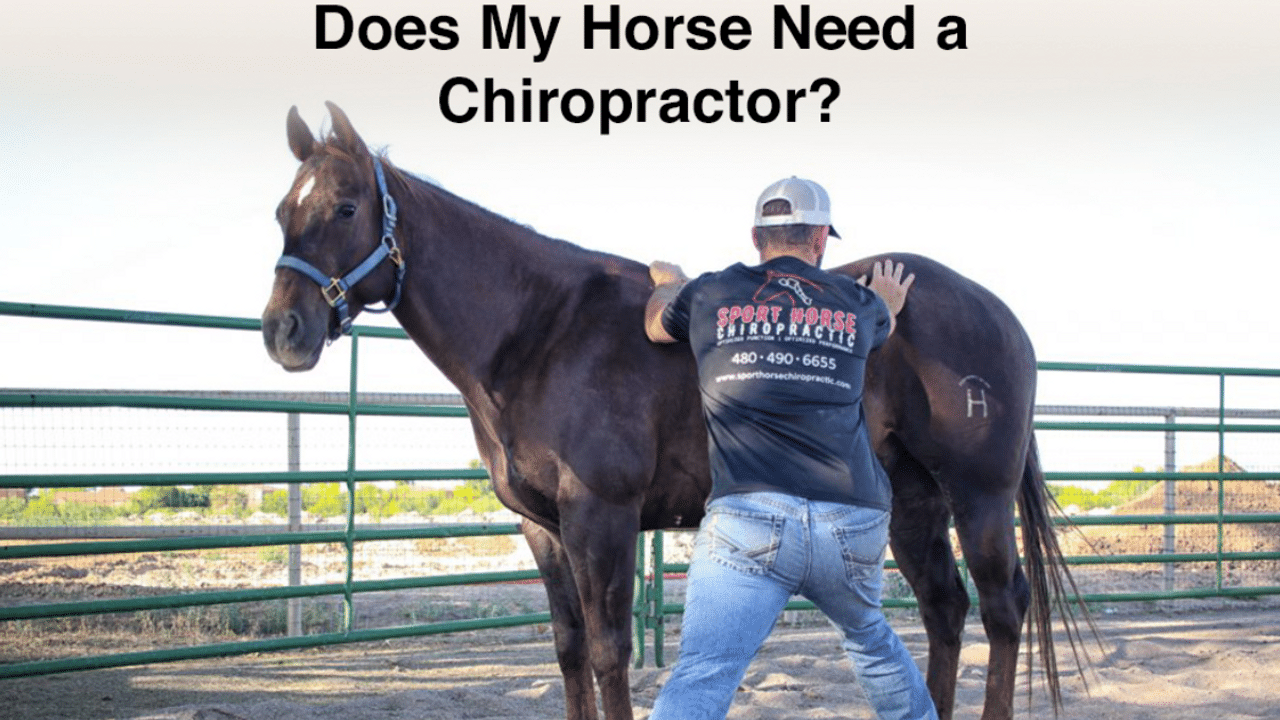
0 Comments